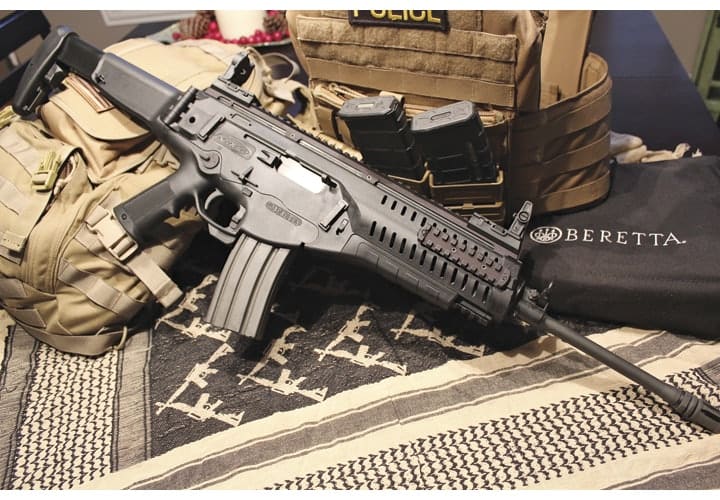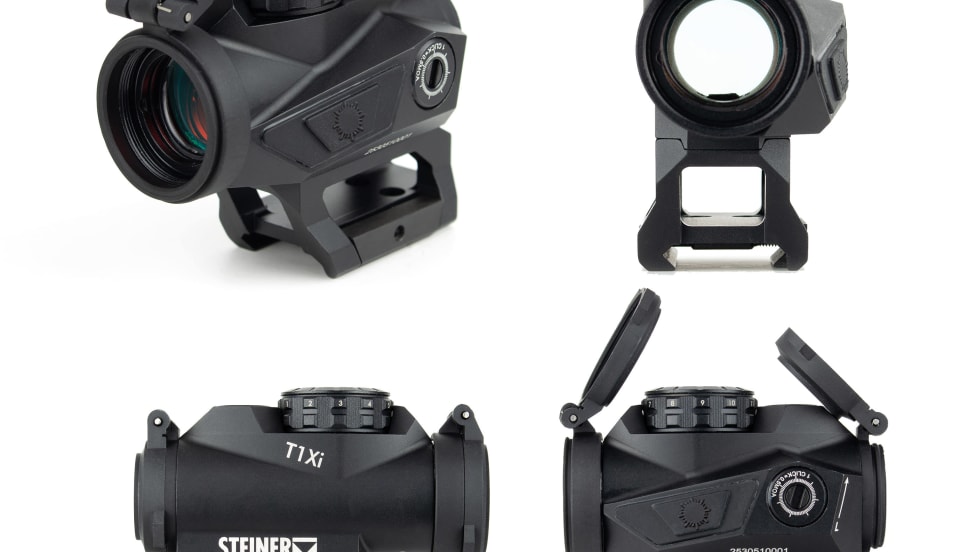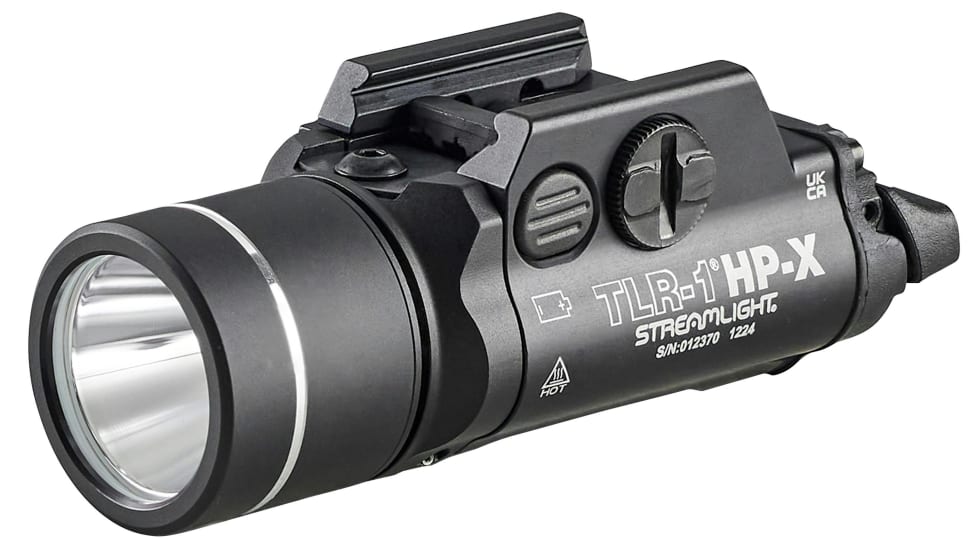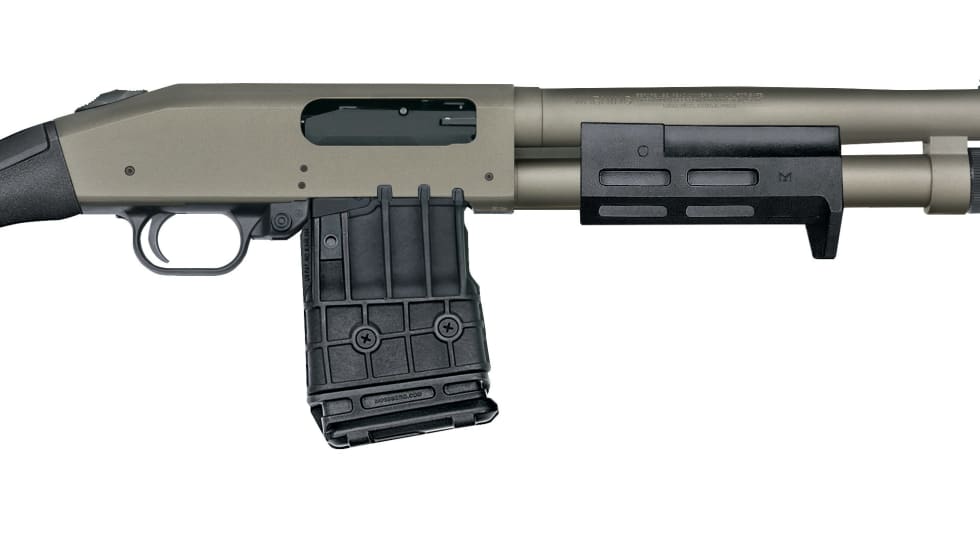The safety is an ambidextrous and very positive M4-style thumb wheel, with a true 90-degree rotation. Although the positivity of the rotation provides little doubt that your safety is on or off, it does take quite a bit of effort to get it there. The ARX-100's short throw levers don't help with this problem, and I found myself having to rotate my master grip to reach them. I would expect the safety to loosen up over time but the short levers were a bit annoying. Offering an extended option would be awesome.
In front of the trigger well there is a bolt catch lever that can be pushed vertically from either side to lock the bolt to the rear. Although a bit cumbersome to use while locking the bolt back, it was very cool to send it forward during empty-gun reloads. You'll need a longer than average index finger and a little muscle behind it, but with a little practice, it is very slick.
Now for the trigger. Oh, the trigger! The ARX-100 has a typical military-style single-stage trigger with a medium weight pull that comes in around five to six pounds. Most of the triggers in this style are gritty and designed for function, not finesse, requiring some break-in. But the ARX-100's trigger was awesome right out of the box.
The trigger pull was positive and short, and the break was crisp and right on the money every time. It didn't even make that cheap, plastic "thunk" sound found on more than a few polymer rifles. Reset was equally positive, and I never short-stroked the trigger, even during two- and three-shot bursts. I've shot just about everything out there, factory and aftermarket, and the trigger on the ARX-100 is every bit as good as the best.
The mag well is molded polymer and designed to accept STANAG magazines. Beretta includes one of its mags with the ARX, and it is built like a tank and functions well. The ARX will also accept any standard AR-15 magazine, although some run and release better than others.











